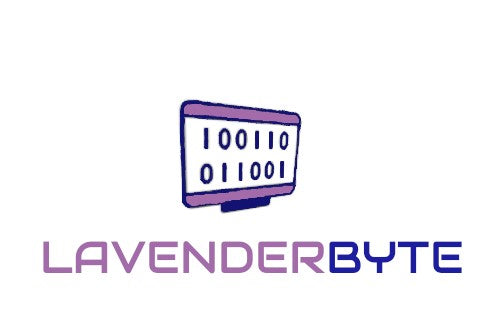| Threats |
Potential dangers that can exploit vulnerabilities to cause harm.
-
Common Threats:
-
Malware: Malicious software like viruses, worms, and ransomware.
-
Phishing: Deceptive attempts to obtain sensitive information by pretending to be a trustworthy entity.
-
DDoS (Distributed Denial of Service): Overwhelming a network or website with traffic to make it unavailable.
-
Man-in-the-Middle Attacks: Intercepting communication between two parties to steal or alter information.
Example:
-
Phishing: Receiving an email that appears to be from your bank, asking for your login details.
|
| Vulnerabilities |
Weaknesses in a system that can be exploited by threats.
-
Common Vulnerabilities:
-
Outdated Software: Old software may have unpatched security flaws.
-
Weak Passwords: Easily guessable passwords provide easy access for attackers.
-
Unsecured Networks: Lack of proper security on networks can lead to unauthorized access.
-
Human Error: Mistakes made by users, such as clicking on malicious links or sharing sensitive information.
Example:
-
Outdated Software: Using an old version of an operating system that is no longer supported and patched.
|
| Protection Measures |
Strategies and tools to defend against threats and protect vulnerabilities.
-
Common Protection Measures:
-
Antivirus Software: Detects and removes malware.
-
Firewalls: Monitors and controls incoming and outgoing network traffic based on security rules.
-
Encryption: Converts data into a code to prevent unauthorized access.
-
Strong Passwords: Using complex and unique passwords for different accounts.
-
Two-Factor Authentication (2FA): Adds an extra layer of security by requiring two forms of verification.
-
Regular Updates: Keeping software and systems up to date to protect against known vulnerabilities.
Example:
-
Encryption: Using HTTPS to encrypt data transmitted between your browser and websites.
|
